Airlines
United Airlines announces JV to develop sustainable fuel using ethanol
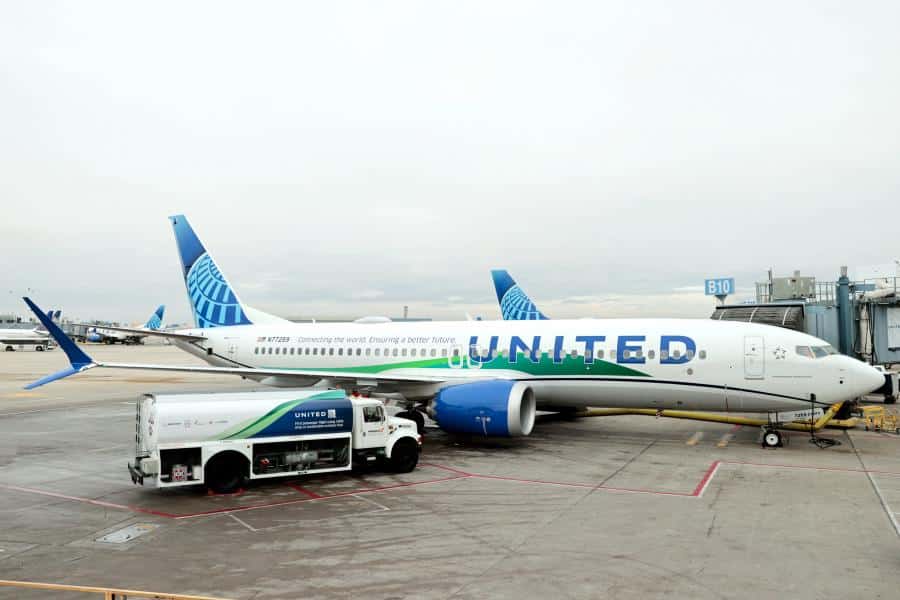
An innovative Sustainable Aviation Fuel (SAF) technology that employs ethanol as its feedstock will be developed and subsequently commercialized by United Airlines, Tallgrass, and Green Plains Inc. through a new joint venture called Blue Blade Energy. If the technology works as planned, Blue Blade expects to start building a pilot plant in 2024, then a full-scale facility that might start doing business by 2028. The offtake deal might provide for enough SAF to operate more than 50,000 flights yearly between Chicago and Denver, United’s key airports.
Qantas and Airbus Partnership for the biofuel industry.(Opens in a new browser tab)
Blue Blade’s new SAF technology was developed by researchers at the U.S. Department of Energy’s Pacific Northwest National Laboratory (PNNL), a leading center for technological innovation in sustainable energy. SAF, which uses non-petroleum feedstock, is a low-carbon alternative to traditional jet fuel that offers up to 85%** lower lifecycle greenhouse gas emissions.
United, Tallgrass, and Green Plains will each provide their unique industry expertise to help develop the joint venture. Under this collaborative approach:
- Tallgrass will manage research and development of the technology, including pilot plant development, and will manage the construction of the production facility.
- Green Plains will supply the low-carbon ethanol feedstock, and use its ethanol industry expertise to manage operations once the pilot facility is constructed.
- United Airlines will assist with SAF development, fuel certification and into-wing logistics, and has also agreed to purchase up to 2.7 billion gallons of SAF produced from the joint venture.
If the technology is commercialized, the location of Blue Blade’s initial plant would allow easy access to low-carbon feedstock from Green Plains’ Midwest ethanol production facilities. While the initial SAF facility intends to use ethanol, the technology has the capability to work with any alcohol-based feedstock as its fuel source.
Blue Blade Energy marks one of the largest direct investments from United Airlines Ventures (UAV), United’s corporate venture arm, into SAF. Launched in 2021, UAV targets startups, upcoming technologies, and sustainability concepts that will complement United’s goal of net zero emissions by 2050 without relying on traditional carbon offsets. United has aggressively pursued strategic investments in SAF producers and revolutionary technologies including carbon capture, hydrogen-electric engines, electric regional aircraft and air taxis.

Airlines
Air India Rolls Out A350s for Delhi-New York JFK and Newark Routes
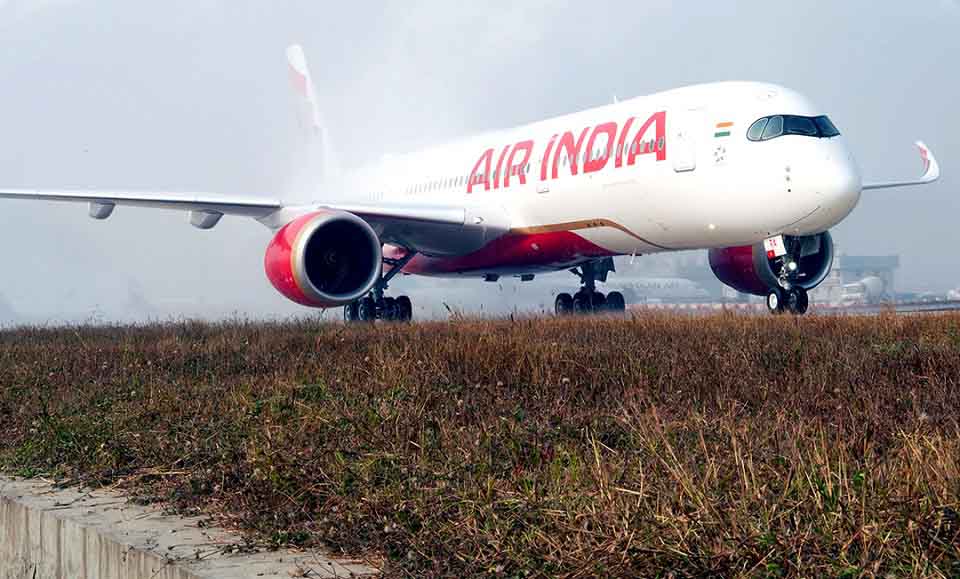
In a major development for North American travelers, Air India has announced the deployment of its state-of-the-art Airbus A350-900 aircraft on two key routes: Delhi to New York and Delhi to Newark.
The service on the Delhi-New York route will commence on November 1, 2024, while the Delhi-Newark route will see its inaugural flight on January 2, 2025.
The introduction of the air india a350 will bring significant enhancements to Air India’s offerings, particularly with the launch of its Premium Economy class. air india retrofit This new class will feature 24 wide seats arranged in a 2-4-2 configuration, providing passengers with extra legroom and a more comfortable flying experience.
Soon, Air India aircraft will feature onboard WiFi & all-new cabins: Click here
“We are encouraged by the positive guest feedback we have received from the domestic deployment of our air india a350 interior to offer our hero product on the Delhi-New York JFK and Delhi-Newark routes. This is a significant leap forward for our U.S. operations that also underscores our commitment to continuous improvement,” said Campbell Wilson, Chief Executive Officer & Managing Director of Air India.
The A350’s Business class will set new standards with 28 private suites, each equipped with full-flat beds, direct aisle access, and personal wardrobes. Economy class will be configured to accommodate 264 passengers in a 3-4-3 layout. Across all cabins, passengers will enjoy the latest Panasonic eX3 in-flight entertainment system, offering over 2,200 hours of content.
Air India’s First A350-900: Interior, Routes, &Inflight Features: Click here
This strategic deployment marks a notable enhancement in Air India’s U.S. operations, with 60% of its flights to the U.S. now featuring new or upgraded cabin interiors. The air india new international routes currently operates 51 weekly flights to five U.S. destinations: New York JFK, Newark, Washington DC, Chicago, and San Francisco.
The revamped cabins, advanced in-flight entertainment systems, and improved service standards represent air india wifi commitment to providing a superior travel experience. “We believe this enhanced offering will solidify Air India’s position as a leading carrier and attract travellers seeking a world-class flying experience between India and the United States,” the airline stated.
Seats on these flights are now available for booking on Air India’s website, mobile app, and through travel agents, ensuring that passengers can easily plan their journeys on these newly upgraded routes.
Air India Economy vs Qatar airways economy: which is best?:Click here
-
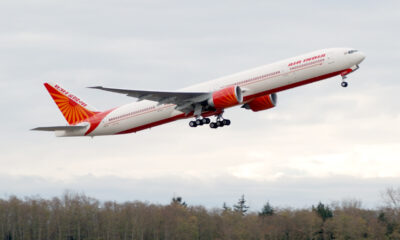
 Travel1 week ago
Travel1 week agoAir India to Expand US Operations with Three New Routes After a Decade
-

 Travel2 weeks ago
Travel2 weeks agoWhy We Should Avoid These Stamps in a Passport
-

 Airlines1 month ago
Airlines1 month agoInvestigations Reveal Fake Chinese Titanium in Boeing and Airbus Jets
-

 Tech4 weeks ago
Tech4 weeks agoChina’s CATL Plans 1,800-Mile Electric Plane Launch by 2027
-

 Airport3 days ago
Airport3 days agoTop 10 Largest Airports in the World by Size
-
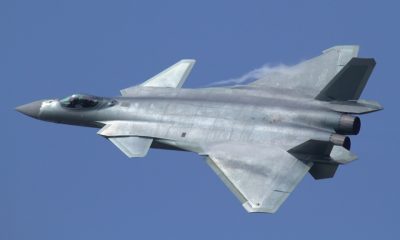
 Aerospace4 weeks ago
Aerospace4 weeks agoChina’s Fighter Jets Turn Wings into Autonomous Drones
-
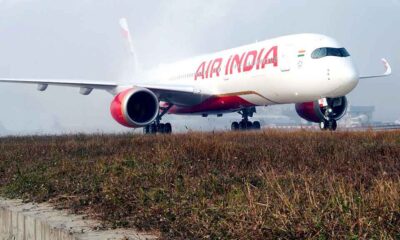
 Airlines4 days ago
Airlines4 days agoAir India Rolls Out A350s for Delhi-New York JFK and Newark Routes
-

 Defence3 weeks ago
Defence3 weeks agoBoeing Enhances Chinook with New Engines and Block II Upgrades at $96 Million







